Advertisement
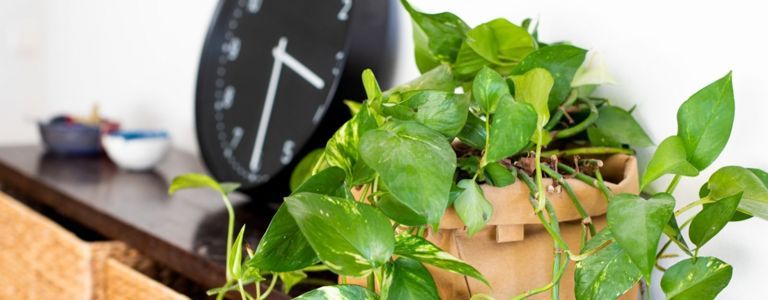
10 Easy Vine Plants to Grow Indoors
10 Easy Vine Plants to Grow Indoors
.jpg)
Advertisement
Vines are a great way to add interest to your home. Many are easy to grow, and they look great trailing from hanging baskets or trained up a windowsill. Whether you are an experienced indoor gardener or just getting started, there is a vine that will meet your needs. One thing to keep in mind with these plants is that they will spread. When deciding where to put your new vine, think how you will handle future growth. Many vines grow rapidly and can quickly take over an entire windowsill.
Advertisement
The inch plant
The inch plant
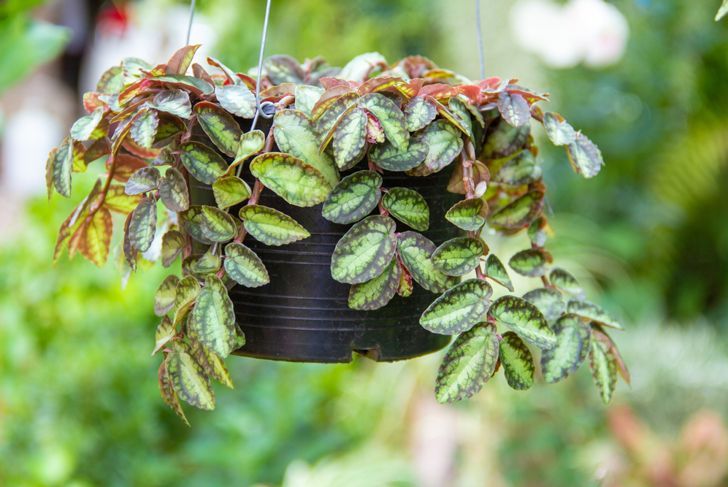
The inch plant is an easy-to-grow houseplant that is a good choice for those new to indoor gardening. It does best in medium to bright light, although it will tolerate low-light conditions. Because the inch plant can handle some direct sunlight, it often does well on the windowsill. The trailing leaves make it a good choice for hanging planters, too.
Advertisement
Pothos
Pothos
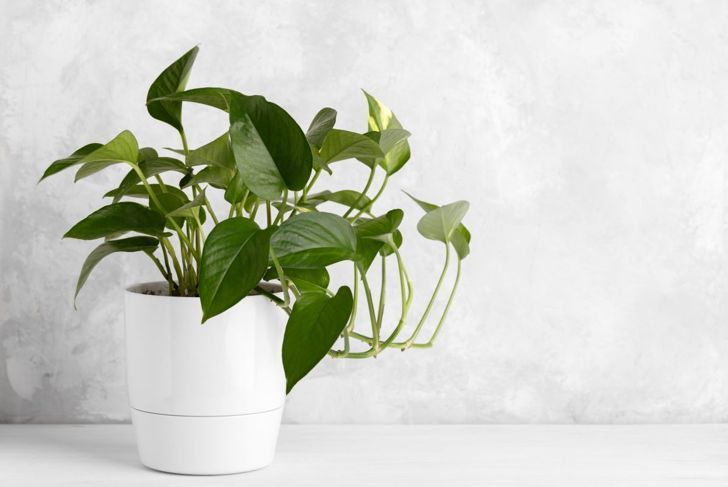
The pothos is another good choice for newcomers to indoor planting. They tolerate a wide range of growing conditions. They prefer indirect light but can handle low-light situations. A unique fact about pothos: they can be grown in water! Because they do not need soil to flourish, pothos are a good choice for locations with difficult access. You do not need to add water to the container nearly as often as you would need to water the plant in traditional soil.
Advertisement
Creeping fig
Creeping fig
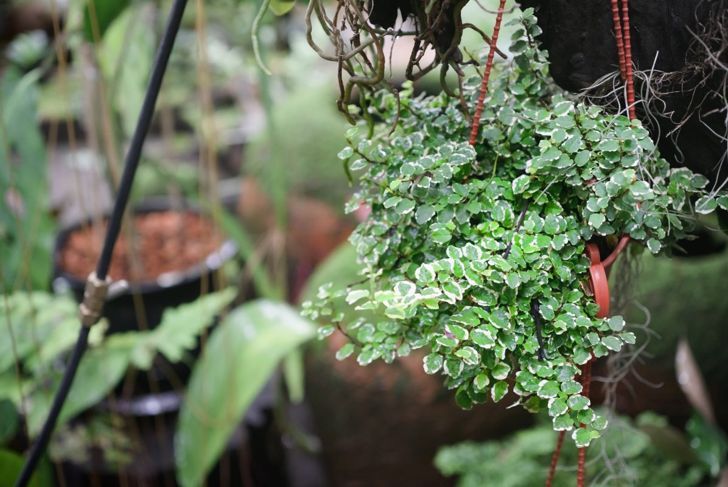
Creeping fig is an interesting addition to your home. The stems of this climbing vine have small sucker arms that allow it to move vertically up walls and window frames. Creeping fig does best with bright, indirect sunlight. It prefers soil that is kept moist but not wet. If you live in a dry climate, or the air in your home dries out in the winter, your creeping fig may need to move to the bathroom or spend some time near a humidifier.
Advertisement
Arrowhead plant
Arrowhead plant
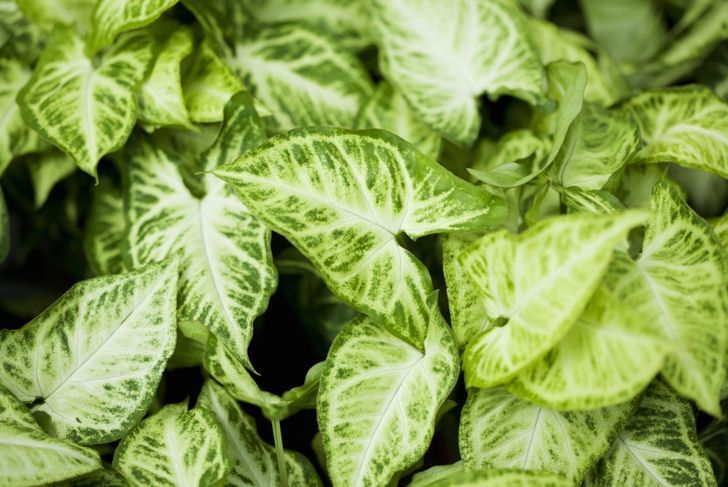
The arrowhead plant is not overly fussy, but it does have some preferences. To protect it from root rot, let the soil dry out after watering. This pretty plant does best in a humid environment. If the air in your house is dry, misting the leaves daily can improve the chances of success. Place the arrowhead in indirect light — direct sunlight can damage the leaves.
Advertisement
English ivy
English ivy
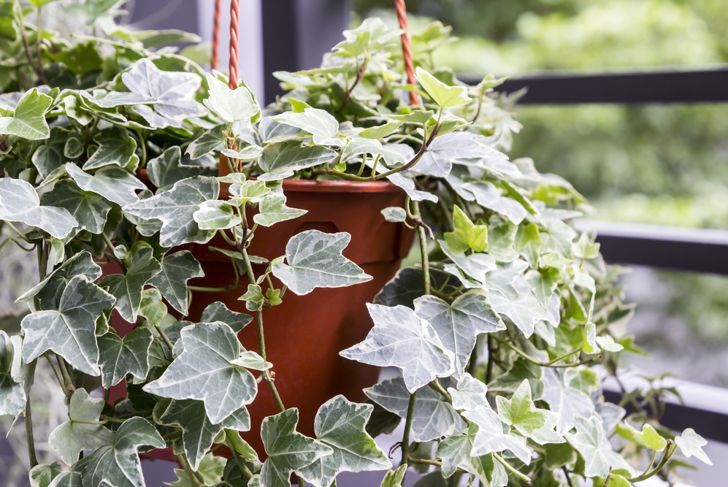
Ivy is one of the more traditional choices in vine plants. English ivy is the most common type for indoor growing, where it tends to flourish, but it does require bright light. If you attempt to grow English ivy in low-light conditions, it will become leggy, rather than lush. Let the soil dry out after watering, and use a well-drained potting mix.
Advertisement
Burro's Tail
Burro's Tail

Burro's tail is an interesting vine plant in that it is a succulent. As such, it has particular needs to thrive: plenty of sunshine, well-drained, gritty, sandy, soil, and protection from cold and drafts. Although burro's tail is a succulent, it does require regular, if infrequent, watering. When watering, drench the soil thoroughly. Allow the topsoil to dry before you water again. Overwatering may cause your burro's tail to rot, but without enough water, the leaves will not have the characteristic plump look, and may even fall off the plant.
Advertisement
Betel leaf plant
Betel leaf plant
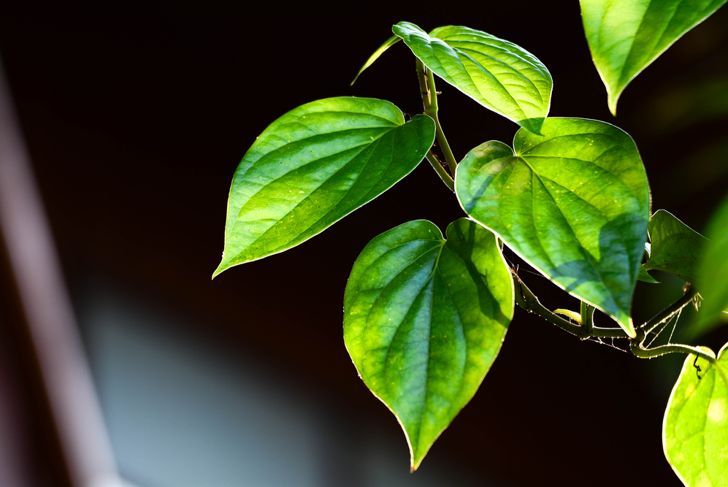
The betel leaf plant requires well-drained, acidic soil to grow well. It does best in partial sun and with occasional misting in dry climates. The heart-shaped leaves of the betel plant have a mild, exotic scent. It is a member of the pepper family, and the leaves are a common ingredient in South Asian cooking.
Advertisement
Hoya
Hoya
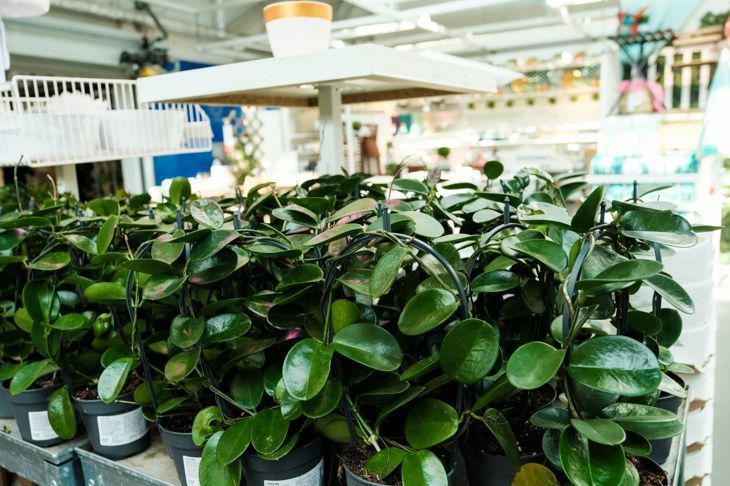
Also known as wax plants, hoyas have a long history of being grown indoors. They prefer well-drained, rich soil and do best when fertilized once a month. Stop during the winter, though, as the plants enter a dormant-like state. Thorough watering keeps the hoya happy, although you should let the soil dry out between waterings.
Advertisement
Heartleaf philodendron
Heartleaf philodendron
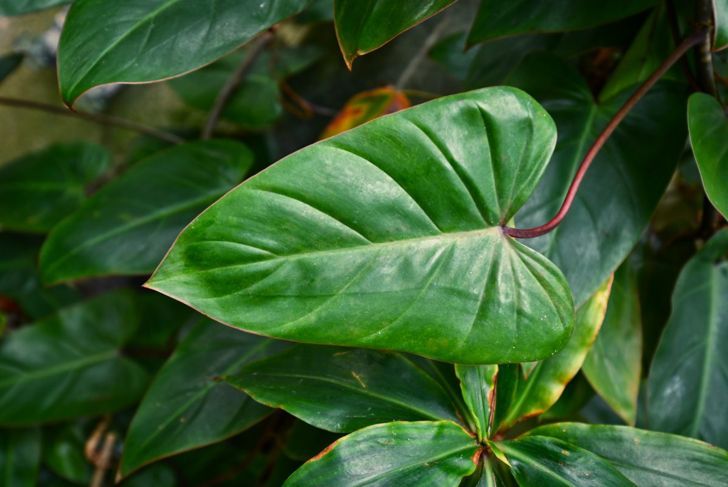
The heartleaf philodendron does best with rich, moist soil. It prefers a humid environment and indirect sunlight. It is flexible, though, and will be fine in low-light conditions, although the leaves will lose some of their luster. The heartleaf philodendron is quick to let you know if you need to adjust the watering schedule. The leaves will turn brown if the soil is too dry or yellow if you overwater.
Advertisement
Kangaroo vine
Kangaroo vine
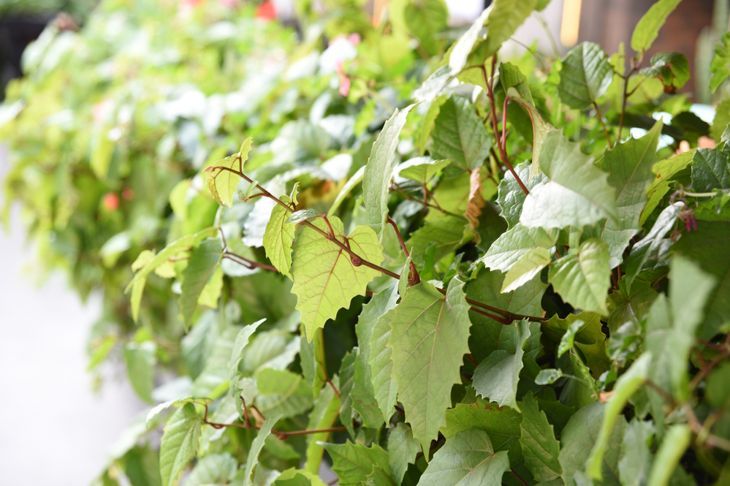


.jpg)
.jpg)
.jpg)
.jpg)
